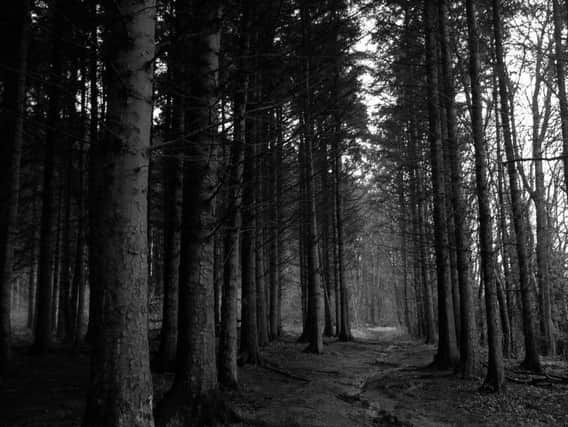Ambitious Falkirk forest plan is first for Scotland


The council’s new forest estate plan is thought to be a first for Scotland – taking six areas of council-owned woodland around the district and creating a vision that will protect and even grow them well into the future.
Falkirk Council’s executive meeting on Tuesday heard that creating a suite of Urban Woodland Management Plans (UWMP) – and getting the all-important approval from Foresty Commission Scotland (FCS) – will allow them to apply for several important sources of FCS funding.
Advertisement
Hide AdAdvertisement
Hide AdThis funding – which could add up to over £1m over ten years – will help them manage and nurture areas of woodland across the district, including Bo’ness, Bonnybridge, Denny, Falkirk (north and south), and Polmont.


This funding is often used by private estates but officers believe this is the first time that a local authority in Scotland has attempted to access the Forestry Commission cash in this way.
Paul Garner, the SNP’s Environment spokesperson, said it was “a welcome first for Falkirk Council”.
He told the meeting: “This is an exciting report and one I really welcome.
Advertisement
Hide AdAdvertisement
Hide Ad“It goes without saying how important our woodlands and forests are – for reducing climate change, providing timber and also for enjoyment and well-being.
“This report should lead to the planting of 40,000 new trees over 40 years.
“Some of us might not live to see its conclusion but I’m sure our kids will thank us.”
Officers who have been working on the plan say that it will be vital to keep the local communities informed about what’s happening in their neck of the woods, as these areas are very important to local people.
Advertisement
Hide AdAdvertisement
Hide AdDirector of Development Rhona Geisler said: “Sometimes we have to cull out trees to plant new ones to keep the woodland healthy and people do notice.
“It’s very important that we engage with people and let everyone know what’s going on and why.”
The vision is to help local woodland resist threats from climate change as well as pathogens and high winds.
It will also enhance biodiversity and improve access to woodlands with good signage, better paths and tree safety surveys.
Improvement work may also include small-scale tree planting to create a more organic shape to woodland areas and connect isolated blocks of trees.